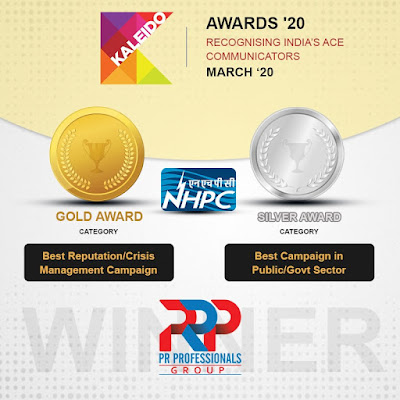Roles of Journalist and PR Professionals
Role of a Journalist:
The journalist’s
agenda is to provide accurate and authentic information to the society. And
keep in mind to provide unbiased news to the audience.
The newspaper,
which we read daily, or the news, which appear daily on television, has got a
huge back team and hard efforts to deliver the correct information to the
audiences. So there takes place different types of jobs of the journalist in a
media house.
For example:
- Researching stories
- Writing hard news and feature stories
- Shooting photographs and video
- Editing stories
- Checking facts
- Planning issues
- Laying out pages
Role of Public Relation professionals:
The work products
from public relations professionals are intended to influence public opinion
and are designed to promote and protect an individual or organization's image
and products.
There are many
jobs in public relations, including publicity, event management and publication
design:
A PRprofessional's job involve:
- Press releases: One way the publicity goal is
accomplished is by sending press releases to newspaper, magazine and web
journalists. A press release contains information needed by a journalist to
write a positive story about the PR professional's client. The public relations
specialist must know how to write, edit and photograph information for the
press release. The professional must have the skills of a journalist and a
photojournalist, and understand how editors and producers work.
The public relations professional crafts a compelling news story designed to gain a
reporter's attention. Newspapers, magazines, radio and TV stations, channels
and networks, and news websites always are on the lookout for fresh story
ideas. The goal of a press release is to fulfill a journalist's need for news while
enhancing the client's public image. The press release clarifies why the
client's product, service or history is important.
- Making contacts: PR professionals cultivate
relationships with journalists. They research who might write about the
client's interests. Then they contact those journalists to discover the types
of stories being sought. They also determine how journalists like to receive
story pitches. A journalist is more likely to pay attention to a press release
that's timely, from a known source and targeted to the journalist's need.
Publicity efforts also include email, messaging, telephone calls, visits and
meals.
- Media kits: Public relations professionals create press
kits or media kits. Journalists often request press kits as a follow-up
to a news story release that interests them. The kit contains information the
journalist needs to understand what the client does. That might include:
•
Profile feature stories about
executives
•
Quick facts about the client
organization
•
The company history
•
Photographs and videos
•
Detailed product descriptions and
samples
•
Recent press releases
•
Business cards of the PR professionals
- Interview prep: People who work in PR are regarded as
experts in media relations. Often they are asked to train other employees on
how to communicate in interviews.
- Press conferences: A PR department frequently is
responsible for organizing press conferences to reach many print, broadcast and
Web media all at once. Of course, not all news merits a conference, so there
must be more to a conference than just reading a release. Journalists will
attend a press conference only if it promises to announce a timely event and
includes interesting visuals, expert presenters and important officials.
- Crisis management: Public relations professionals manage crises. An old adage says,
"All publicity is good publicity." However, really bad press can
tarnish the image of a business, corporation, agency or institution. A public
opinion survey in 2007 discovered that 15 percent of consumers said they never
again would purchase a recalled brand. PR professionals create crisis
management plans as best they can in advance to be able to respond proactively
if damaging newsbreaks.

Comments
Post a Comment